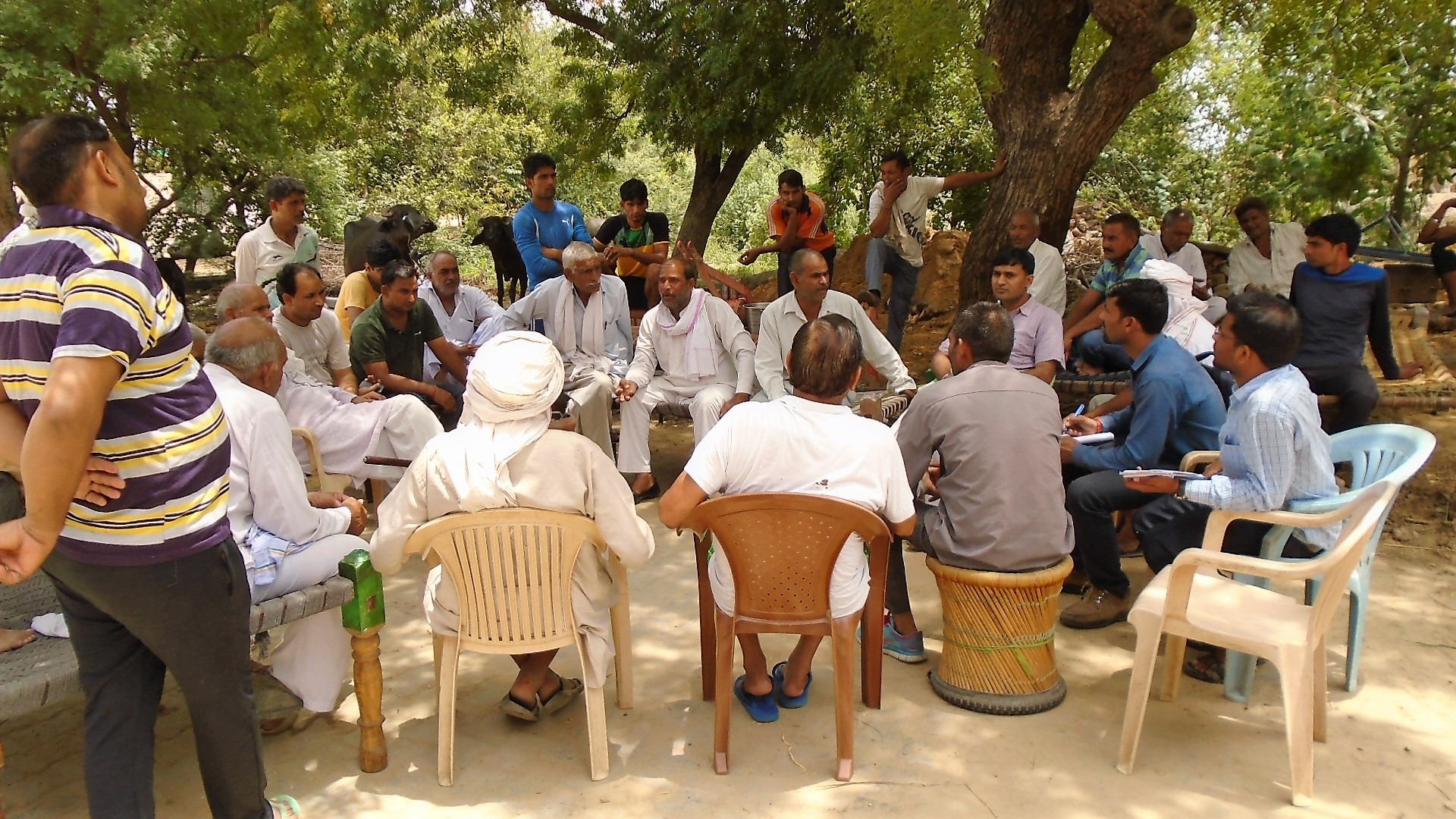Indian society is predominantly a rural society, so various developmental programs taken by Indian government. The Integrated Rural Development Program (IRDP) was an ambitious and comprehensive initiative program which is launched by the Government of India in 1978, goals at improving the socio-economic conditions of the rural villagers. Here’s a broad expansion on the program:
Objective
The primary goal of the IRDP was to alleviate and abolish poverty in rural areas by providing income-generating facility and employment opportunities to the rural poor. The program targeted economically weaker sections(EWS) of the rural population, like small and marginal farmers, agricultural farmers, rural artisans, and others living below the poverty line.
Key Features
- Income-Generating Activities: The IRDP goal on promoting self-employment through the supporting of financial assistance. Beneficiaries were encouraged to engage in agriculture, animal husbandry, small-scale industries, services, and business activities that could create a sustainable income.
- Credit and Subsidies by Government : The program offers a mix plan of subsidies and credit facilities. While the subsidy component focus to eliminate the burden of debt on beneficiaries, the credit was provided by commercial banks, cooperatives, and regional rural banks to finance the purchase of assets like land, livestock, machinery, and other necessary tools.
- Targeted Groups or individuals: IRDP targeted specific groups in rural zone, particularly these families who are living below the poverty line. Special emphasis was placed on assisting scheduled castes, scheduled tribes, and women, ensuring that these vulnerable groups had access to the benefits of the program.
- Asset Creation: The program designed by the creation of productive assets for the beneficiaries. This could include the distribution of land properly, provision of irrigation facilities, distribution of livestock, establishment of small-scale industries, or any other assets that could help the beneficiaries generate income.
- Implementation Mechanism: The program was designed and marge at the grassroots level through District Rural Development Agencies (DRDAs) and block-level officers. These agencies were responsible for identifying beneficiaries, disbursing funds, and monitoring the progress of the program.
- Collaborate with Other Programs: IRDP was designed to work in conjunction with other rural development programs like the National Rural Employment Program (NREP) and the Rural Landless Employment Guarantee Program (RLEGP). This ensured a more holistic approach to rural development, where different schemes complemented each other to improve the overall impact.
- Monitoring and Evaluation: The success of IRDP was regularly monitored through various mechanisms, including reports from implementing agencies, field visits, and surveys. This helped in identifying the strengths and weaknesses of the program and making necessary adjustments for better outcomes.
Impact
The IRDP had a significant impact on rural poverty alleviation and reducing during its operational years. Millions of rural households were provided with assets that helped them generate a steady income. Many rural villagers has generated their sustainable living facilities by this program. The program also contributed to the economic empowerment of women and other marginalized sections of society.
Challenges
Despite its successes, the IRDP faced several challenges:
- Mismanagement: There were instances of funds being misused or not reaching the intended beneficiaries. Economical funds was not equally distribute properly.
- Sustainability Issues: In some cases, the assets provided did not generate the expected income, leading to the beneficiaries falling back into poverty.
- Inadequate Training: Many beneficiaries lacked the necessary skills and training to effectively utilize the assets, reducing the program’s overall impact.
Evolution and Integration
The IRDP was eventually merged into the Swarnjayanti Gram Swarozgar Yojana (SGSY) in 1999, which aimed to address some of the challenges faced by IRDP by focusing on group-based lending (Self-Help Groups) and providing more extensive training and support.
Legacy
The IRDP is remembered as one of the supporting efforts by the Indian government to directly handle rural poverty and improve the livelihoods of the rural poor. Its legacy continues to influence current rural development programs in India.



